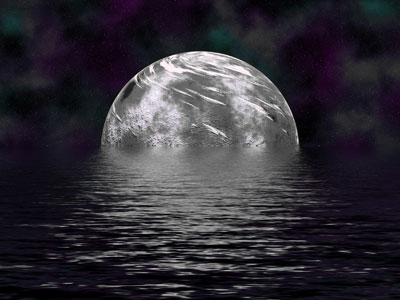
It’s not a bird, it’s not a planet, it’s not Jupiter… it’s super earth. Actually, there’s 3 of them. What are they? Well they’re three planets that astrophysicists have found orbiting the same star. They were located with the HARPS instrument on the European Southern Observatory’s 3.6-meter telescope at La Silla, Chile.These Super Earths are more massive than our planet, but they are smaller than Neptun or Uranus. They are believed to be rocky, and resemble in many ways the planet we call home. It’s very hard to detect planets with current technology, but scientists believe this discovery is a sign that finding planets similar to our own is just a matter of time.
The star around which these planets revolve is just slightly more massive than the Sun, and it’s located 42 light-years away toward the southern Doradus and Pictor constellations. These planets weigh 4.2 Earth masses, 6.7 Earth masses and 9.4, and in the same order they have a period of orbiting of 4.3 Earth days, 9.6-days and 20.4-days.
The same team of scientists also found 45 new candidate planets with a mass below 30 Earth masses and an orbital period shorter than 50 days, which is a huge step forward.
“We have made very precise measurements of the velocity of the star HD 40307 over the last five years, which clearly reveal the presence of three planets,” said team member Michel Mayor of the Geneva Observatory in Switzerland.









